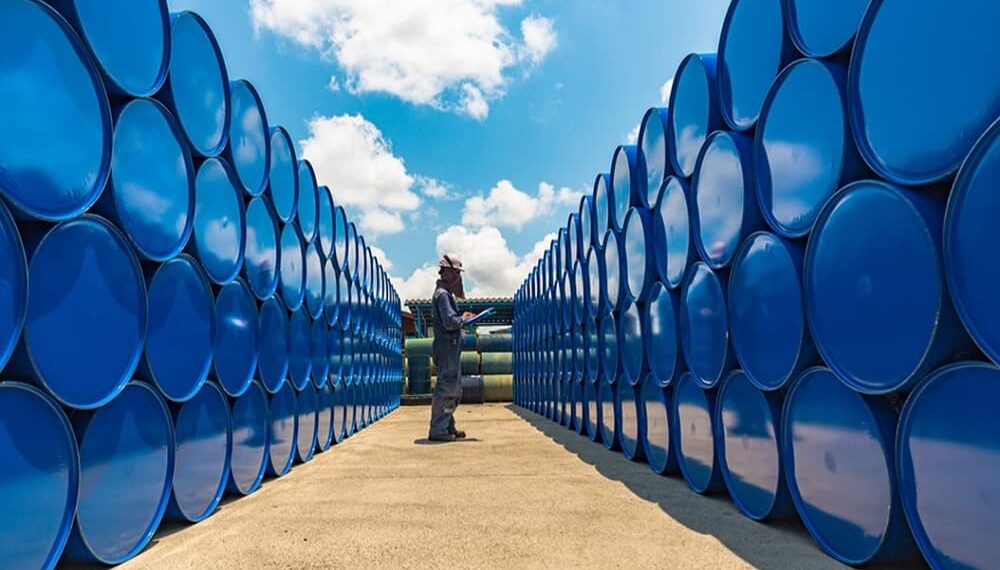The economic growth in Asia is all set to push worldwide oil demand this year despite the risk of recession looming as well as the economic headwinds, said prominent players present at the inaugural Asia conference held in Kuala Lumpur on June 26.
As per Haitham Al Ghais, the OPEC Secretary General, Asia happens to be a force to reckon with on the international scale when it comes to oil demand, as per their forecast. The demand growth in all possibilities this year is going to come from China, India, Malaysia, Vietnam, and numerous other Asian economies. Hence, OPEC happens to play a pivotal role in keeping the channel of communication open with their Asian collaborators.
The demand from Asia has also led Aramco from Saudi Arabia to be optimistic on the prospects of the worldwide oil market for the remaining year, said its CEO, Amin H. Nasser, at the conference, also adding that the fundamentals of the oil market remain mostly sound.
Despite the prevailing recession risks across several OECD nations, developing countries like India and China happen to be driving a very healthy oil demand growth of almost 2 million barrels a day in 2023. This is indeed high by historical standards. Citing China as an example, he remarked that its transport as well as petrochemical sectors are showing signs of demand growth despite economic headwinds. It is well to be noted that oil demand from China was bolstered by road as well as air traffic throughout April and May. On the May Day holiday, domestic tourism surged quite well, although the resumption of international flights is still going to take some time. As per S&P global commodity insights, once the wider worldwide economy starts its recovery, the supply and demand balances are most likely to tighten more.
While the improvement witnessed in China’s service sector happens to paint a very positive outlook in the case of domestic demand for oil, the construction as well as manufacturing sectors can go on to struggle to give a much larger share to the total fuel demand growth.
Notably, China’s official manufacturing PMI was at 48.8 in May, which was down from 49.2 in April, as per the national bureau of statistics. This also happens to be the second consecutive month in which the PMI saw a decline below the 50-mark, which goes on to separate expansion from contraction. Apparently, real estate investment in China also saw a dip of 7.2% in the first five months, as per the data from NBS. That said, the underperformance of the country’s economic rebound has made senior Chinese personnel urgently take advice from economists as well as business leaders on reviving the economy.
Therefore, more stimulus packages are expected to come to the fore in the third quarter of this year, with impacts expected to rise when it comes to sustainability in the fourth quarter, as per S&P global analysts.
They expect the GDP of China to grow 5.5% this year and 5.3% in 2024.
The Russian Oil Shift
It is well to be noted that Saudi Arabia could very well be losing market share in Asia, with giants like India and China looking for cheaper and discounted crude from Russia. As per S&P Global, the initial data is suggestive of the fact that imports from Indian refiners last month reached an all-time high of almost 2 million barrels per day, thereby overtaking combined purchases by Iraq as well as Saudi Arabia and also replacing African, Middle Eastern, and some US supplies.
When one looks ahead to 2023, the possibility of Russian crude oil flowing into India looks pretty promising. It is anticipated that these imports may be as much as 40%–45% or up to 2.5 million barrels per day when it comes to India’s crude oil import portfolio, assuming the fact that the prices remain competitive vis-à-vis alternate sources.
Apart from this, China’s crude imports from Russia also hit a fresh high of 2.30 billion barrels per day in May, with the volume of inflow being 32.6% higher than 173 million barrels per day from the second largest supplier, Saudi Arabia, citing the updated general administration of customs data.
It is well worth noting that China’s crude imports are also expected to surge in the foreseeable future, as Russia has already gone on to elevate the medium-sweet ESPO Blend crude supplies to 39 Aframax-level cargoes in May, with China having 29 and India having 10, as per the Kpler shipping data as well as Platts cFlow ship and commodity tracking software rolled out by S&P Global.
General Haitham Al Ghais opined that the alliance doesn’t have any concerns. The market happens to be open to all players. Russia happens to be a big and prominent player in the international oil market. Malaysia as well as Asia happens to be significant importers of oil, and there is indeed a growth in demand that is going to accommodate all.



















































